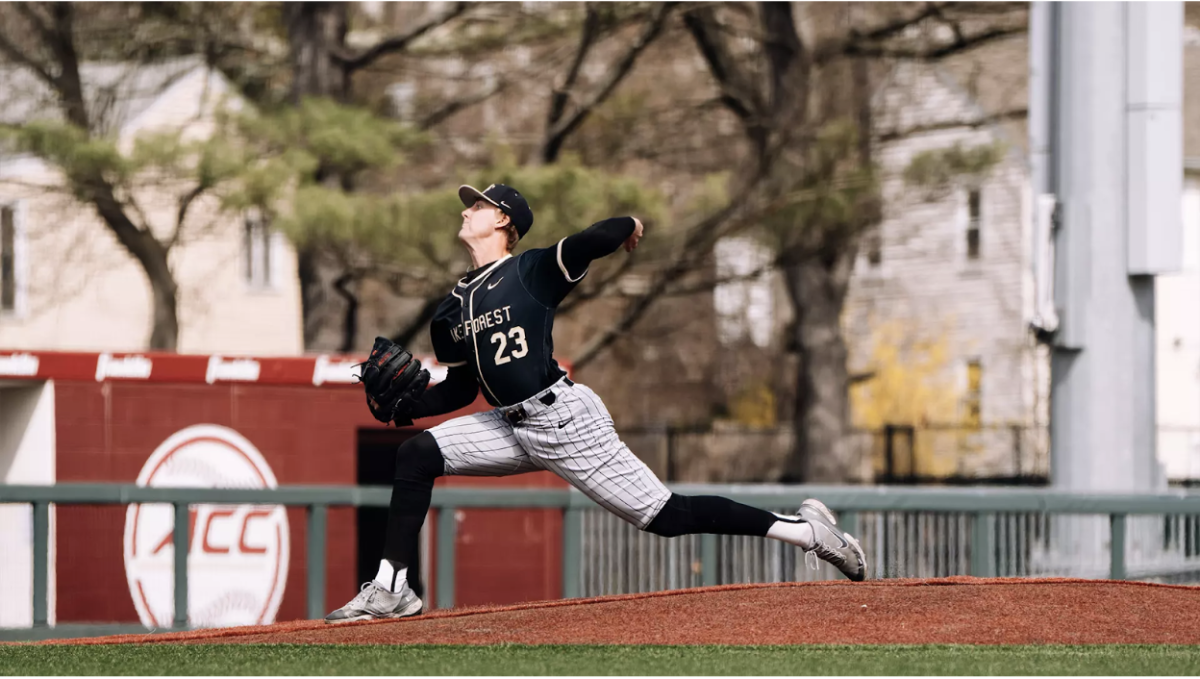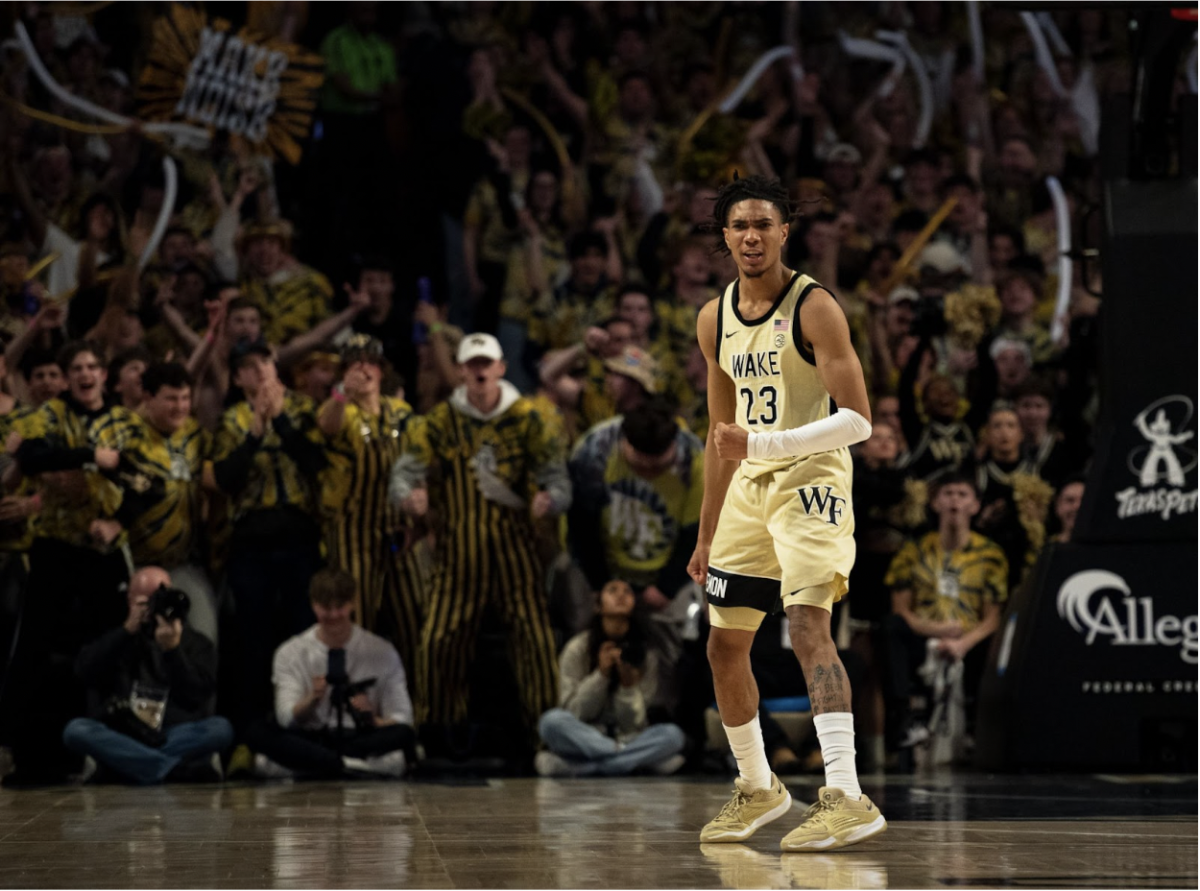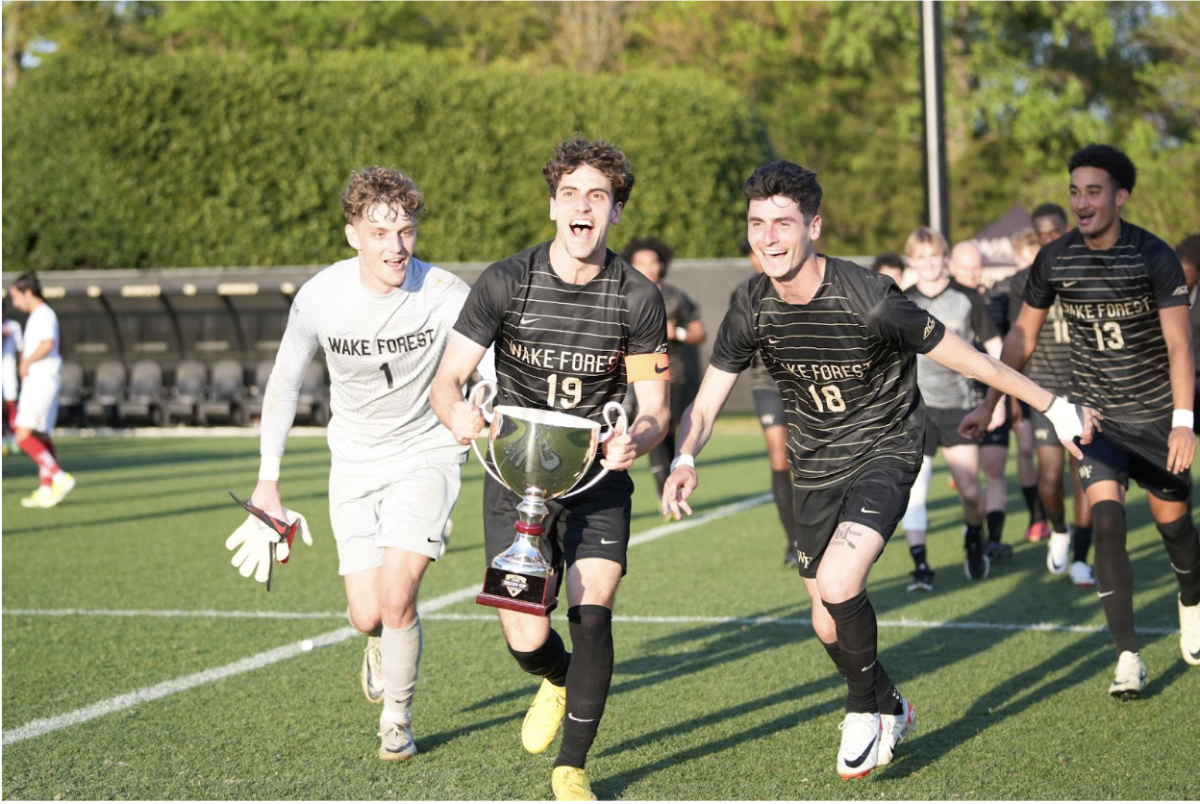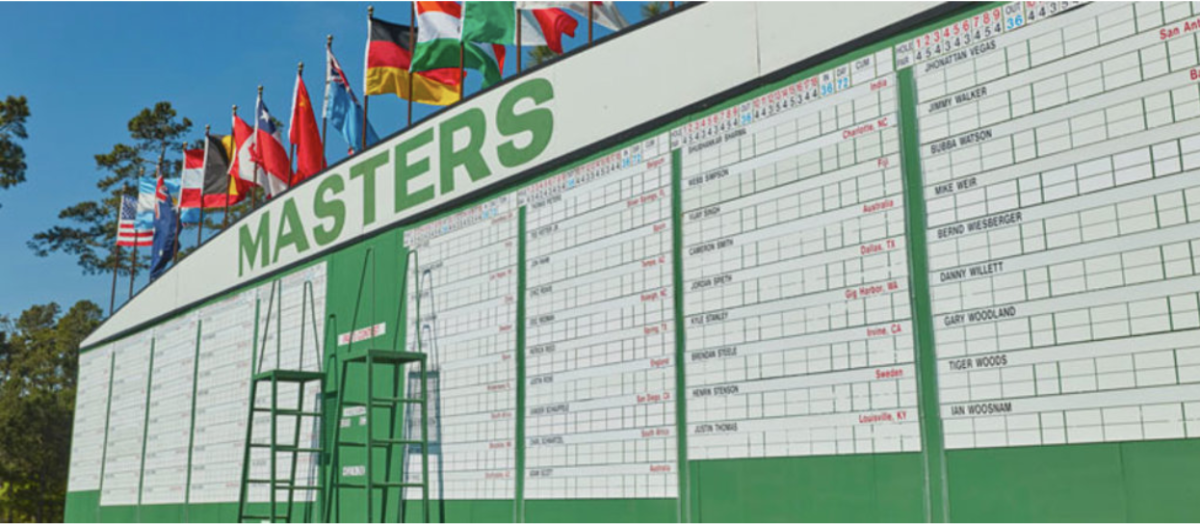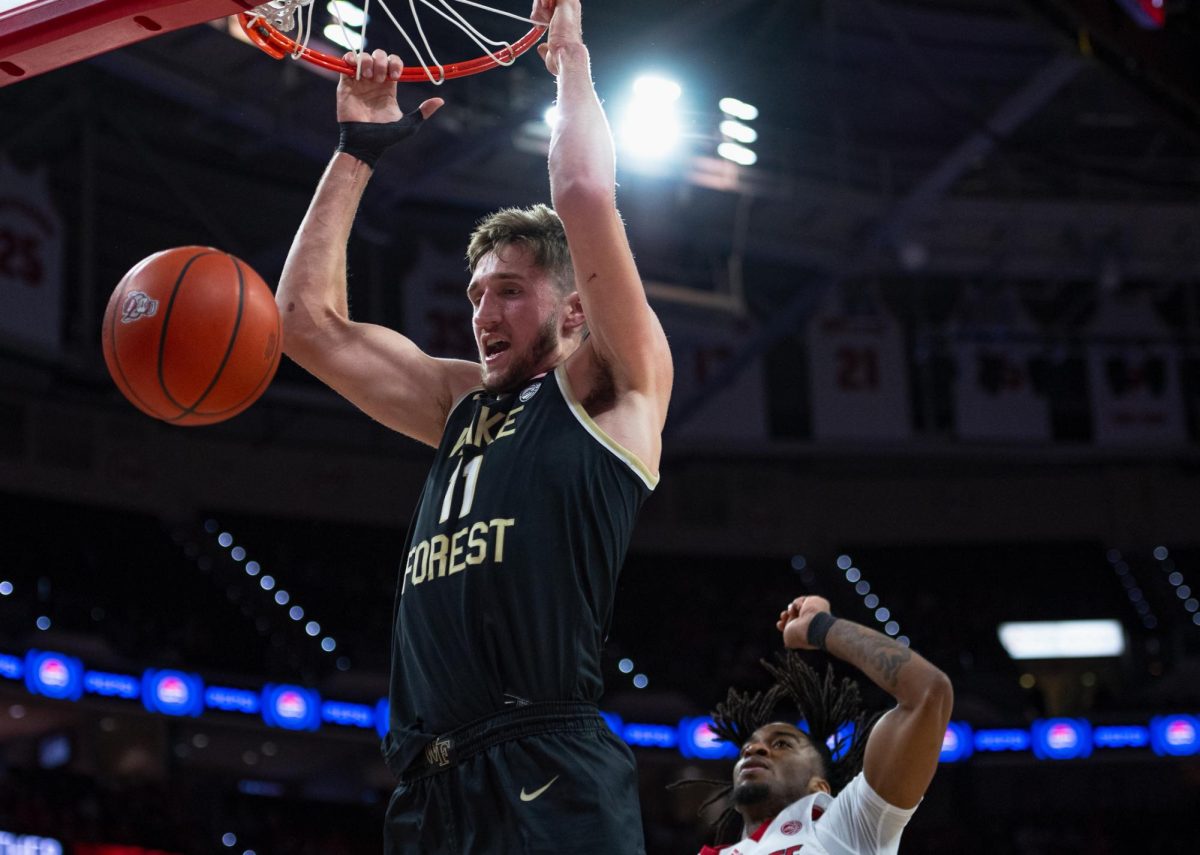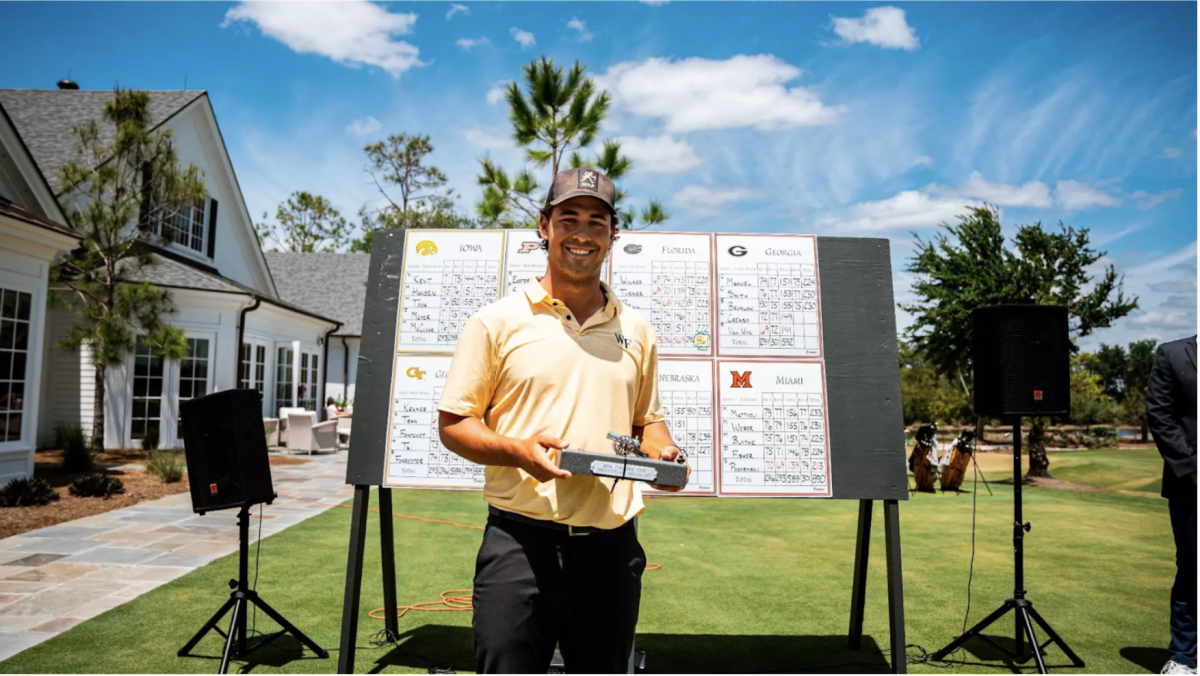Intramural sports are a common way for students to get involved on campus. Over half of the student population play at least one sport over the course of the year. In previous years, the athletes would need to pay a fee to enter the intramural league. However, for the first time ever, students can enjoy playing in intramural leagues free of charge.
The decision to remove the fee was made after the opening of the new Wake Forest Wellbeing Center. Along with the renovation of the Reynolds Gymnasium came the decision to add a student wellness fee to tuition.
“It has been one of those things that has been in the back of our heads, but we never had that student wellness fee,” Competitive Sports Coordinator Travis Rawe said. “Once that wellness fee came in, we said we would eliminate the intramural fees and the group fitness fees.”
Money accumulated from the intramural fee was added to the Campus Recreation fund. The new Wellbeing Center fee also goes into that same pot. Other sources of income include paid memberships from people unaffiliated with Wake Forest and personal training.
“We don’t make enough money to keep the building open and to hire all the people,” Rawe said, “Most of the money comes from that which the university allocated to the department. There is a significant amount of money that comes to the building to keep us operating and offering the programs that we do.”
The intramural leagues used to require $25 for un-officiated games and $55 for officiated games. That payment would need to be paid by the team’s captain. However, the department noticed that many captains were not being reimbursed by their teammates even when it was previously agreed on that they would.
“The captain was fronting that whole bill,” Rawe said, “We wanted to eliminate that burden and that barrier for the captains.”
Participation had been expected to increase with the removal of the fee, and within the two weeks of its absence, the participation numbers have already shot up. Last year’s first quarter term saw 190 teams sign up, and this year 228 teams have already decided to join. As of September 13, 916 students were playing intramural sports.
“What we are striving to do is get as many people involved as possible, and in two weeks can already say we have done that with the elimination of that fee,” Rawe said.
With the increase in athletes there has been a need to get referees to officiate those games. Senior Q Revis, an official of flag football, said, “There are a lot of shifts available for staff to work because of the increase in the amount of people. In fact, there is a demand for officials because more people are playing.”
Freshman Avery Warfield has gotten extremely excited about intramural sports in his short time on campus. He currently plays four sports in the fall season alone and has no intention of slowing down.
“I play football, basketball, handball and volleyball, and I plan to do most of the intramurals throughout the year,” Warfield said, “I probably would not play as many if I knew I had to pay.”
Now more than ever, there are many people getting involved and playing sports at the intramural level. However, it is not unordinary for teams to not be able to make it to their game time. Rawe said that one of the reasons the fee was there in the first place was to act as a form of accountability. Even without the fee, people seem less willing to miss out on a game this quarter.
“There are less forfeits,” Revis said. “More people are still engaged even though there is not a price.”
The price is not the only way the intramural office has begun to increase student interest. This year there are many more options that target specific groups of people. For example, freshman-only teams are capable of winning the first-ever South Campus Cup, and other organized clubs and organizations have the potential to win the Deacon Cup. There are also several special events and single-day tournament opportunities. Last year there were 16 events offered, and this year that number has jumped up to 27 options, all without a fee.
For many, intramural sports are an engaging, accessible way to become immersed in college life, and to bond with peers.
“It gets a lot of groups on campus involved,” Revis said. “There are med school teams, law school teams, fraternity teams and hall teams.”
Without the barrier of payment to play, students are allowed to more casually and comfortably sign up for teams.
“I think making intramural sports free encourages students to get out there and try new sports that they have never tried before,” Warfield said, “For example, I got a lot of people together that have never played handball, and now I have a handball team.”
Rawe would like to remind the university that second quarter registration opens up Monday, Oct. 1 on the IM Leagues website, saying, “Registration is easy, you can do it anytime, anywhere.”


